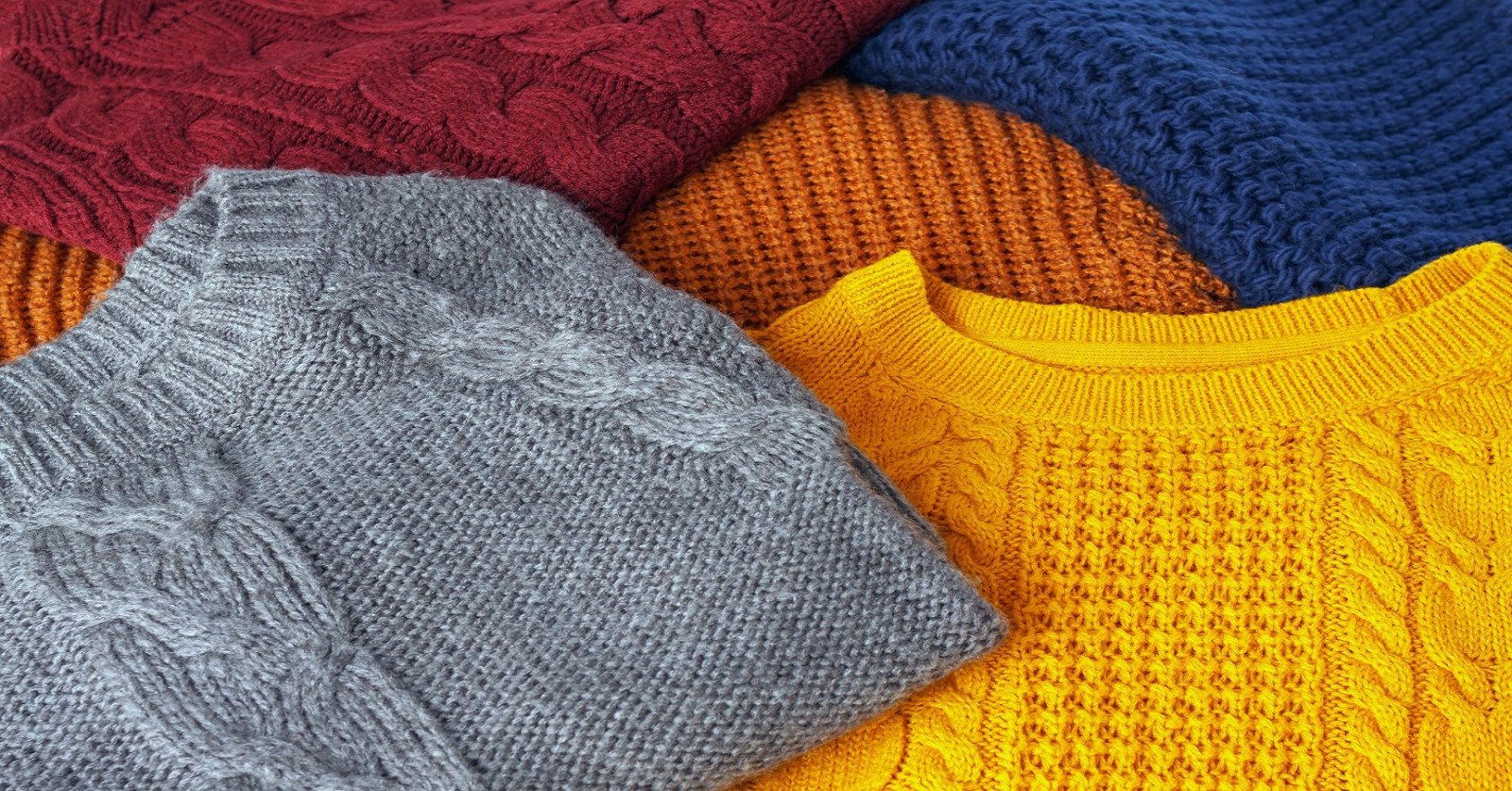Dressing well for each season
Play a game to dress for each season. Are you cool, warm or dry?

Overview
Have fun learning about what to wear for each season. Look at the weather and decide what clothing you would choose to stay comfortable and save energy.
Instructions
What you'll need
- "Dress well" slideshow
- Digital projector and screen
1. Display the "Dress well" slideshow.
2. Slide 2, introduce the four seasons and discuss what happens to the weather in each season:
- in spring it might be sunny, rainy and warmer,
- in summer the sun shines more,
- in fall it’s cooler and often raining,
- and in winter it’s colder and sometimes there is snow.
3. Slide 3, shows examples of different types of clothing that we might wear in different seasons.
4. Slide 4, ask your students to look at the picture and decide what clothing would work best. Slide 5 reveals the best clothing for that weather. Continue the game to slide 13.
5. Slide 14, discuss that we have been talking about dressing for the season outside, but we also need to think about dressing for the season indoors. Continue the game having the students choose what to wear indoors in different seasons.
6. Slides 19 and 20, explain that by dressing warmer indoors, we can save energy by turning down the heat or turning off the air conditioner. We keep comfortable and saving energy is good for our planet.
Modify or extend this activity
- Have the students run on the spot or do jumping jacks to learn how moving can keep us warm in winter in addition to warm sweaters
- Make paper fans to keep us cool in summer. Watch this video.
- Find a story from your local First Nations community about seasons and seasonal changes and share with the class.
Curriculum Fit
Kindergarten Science
Content
- Seasonal changes
- Living things make changes to accommodate daily
Curricular competencies
Questioning and predicting
- Observe objects and events in familiar contexts
Planning and conducting
- Make exploratory observations using their senses
Processing and analysing data and information
- Experience and interpret the local environment
- Discuss observations
Communicating
- Share observations and ideas orally
Assessments
- Assess students’ participation and ability to stay focused with the slideshow game
- Assess students’ understanding of what to wear for the weather to stay comfortable
- Assess students’ understanding of the connection between dressing in a way that saves energy
Teaching Notes
Seasonal changes affect nature and the world around us, and it also affects what people wear, how they behave, and how they use energy. By learning to observe and respond to seasonal changes we can be comfortable without using lots of heat and cooling. We can choose clothing suitable for indoors and outdoors, open or close the windows and turn down the air-conditioning or heat.
Simple tips for keeping warm and saving energy indoors in winter:
- Dress for winter: put on a sweater, warm socks, long pants or cuddle under a blanket
- Move around
- Close the windows and blinds or curtains to trap the warm air inside on the north side (no sun)
- Let the sun shine through your windows on the south side to warm up the room.
- Turn down your heat when you go out and at night
- Get a thermostat and program it to turn down at night
- Put a rug on the floor if it feels cold.
- Use weather stripping and window film to keep the drafts out. Watch this video.
Simple tips for staying cool and saving energy indoors in summer:
- Dress for summer: cool clothing preferably natural fibres like cotton, shorts, t-shirts
- Open windows to get a breeze through the home
- Close blinds on the east side in morning, and west in the afternoon
- Wet a towel and put on your feet at night
- Drink lots of water to hydrate, it will keep you cooler
- Apply a cool cloth to your wrists, neck, elbows, and ankles and behind your knees.







